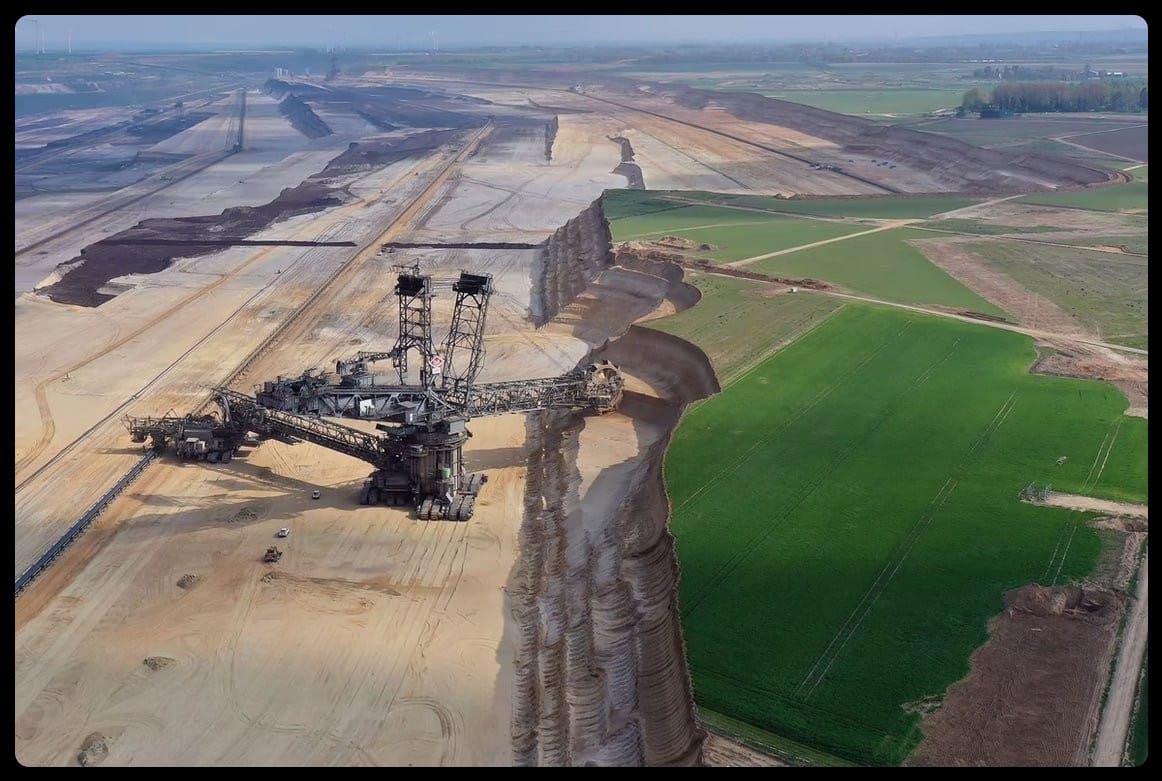
Ethereum Is in Crisis
After Vitalik Buterin’s controversial leadership overhaul of the Ethereum Foundation (EF) earlier this month, the Ethereum community seems to be falling apart—mostly on Twitter, for all to observe.
Buterin's restructuring sparked accusations of centralized control, as Buterin unilaterally appointed leaders until a board forms. Eric Conner, a former EF developer who just announced his exit from Ethereum, called the EF a “leftist-driven, anti-winning swamp.” Lido co-founder Konstantin Lomashuk proposed a second foundation to counter the EF’s insular governance. The EF’s ETH reserves have plummeted 56% since 2020, leaving 269k ETH ($894M).
Proof-of-Stake (PoS) is now also being condemned as a strategic failure. ETH/BTC has dropped 50% since the Merge, with key opinion leaders saying that Ethereum abandoned PoW to appease "climate changers." Kyle Samani of Multicoin cites Ethereum’s “lack of urgency” since 2017’s Devcon 3, where scaling was ignored despite a $100B market cap. DC Investor suggests splitting the EF into R&D and ecosystem arms, noting that “every major change requires a community insurrection.” Gabriel Shapiro laments Ethereum’s drift from the cypherpunk ethos.
Ethereum has suffered from poor decision-making by Buterin and an online echo-chamber that prevents error correction. The echo-chamber is now collapsing in an opinion cascade. PoS cryptocurrencies are fundamentally flawed and unlikely to gain widespread adoption compared to Proof-of-Work tokens, which have proven to be superior investment assets. The events of this month show that even PoS insiders are beginning to realize it.
The Bitcoin Difficulty Calculation Is Not What You Think
We made a surprising little discovery this week. We've been refining our consensus code to use the exact target difficulty calculation found in Bitcoin Core, and... It’s not what many people think.
Satoshi’s whitepaper, and most tutorials and articles, propagate the idea that the difficulty is determined by the number of “leading zeros." It turns out this ubiquitous idea is only part of the story…
There are three interrelated concepts—difficulty, accumulated work, and target.
First, difficulty is a value defined primarily for human readability, but is not actually utilized by Bitcoin Core’s consensus code—instead, it uses something called target, which is a 256-bit number inversely proportional to difficulty. In other words, a lower target corresponds to a higher difficulty. When determining whether or not a block has been mined, Bitcoin checks to see whether the block hash, as a 256-bit number, is less than the target. No explicit counting of zeroes is involved with this check, counter to what is commonly believed.
However, determining which chain is the heaviest (its accumulated work) effectively does count the number of zeroes. The heaviest chain is the one whose blocks have the most leading zeroes in their block hashes—with the caveat that having “extra zeroes” beyond what was required to hit the target does not earn you any extra credit. That is to say, you count the number of leading zeroes in the target, and every block mined contributes that much heaviness to the chain, even if it had more zeroes.
The common understanding seems to imply that the difficulty of mining a block has a minimum increment of halving or doubling the average number of hashes needed to mine a block. That's not correct because the leading zeros are only used in determining the heaviest chain, but the difficulty of finding a block is allowed to scale linearly, allowing smaller changes to achieve an average block time of 10 minutes.
If the conventional misconception was true, Bitcoin's security would be much weaker! It would have fewer steps, which would introduce vulnerabilities during abrupt hash rate changes. A more granular difficulty system—such as the linear one it actually has—is much more secure. It’s also more mathematically consistent, and ensures more stable block times.
Trump's First Flurry of Executive Orders
In his return to office, President Trump has already signed numerous executive orders focused on reversing Biden-era policies and reinstating his previous agenda. He declared national emergencies for both the southern border and energy production, and expedited fossil fuel projects in Alaska's Arctic refuge.
On immigration, Trump reinstated the "Remain in Mexico" policy for asylum seekers and attempted to restrict birthright citizenship. He designated Mexican cartels as terrorist organizations and suspended refugee admissions. For federal operations, he created a new Department of Government Efficiency led by Elon Musk, froze hiring except in security roles, and ended remote work policies.
Significant social policies include limiting federal gender recognition to biological sex, restoring capital punishment enforcement, and pardoning Ross Ulbricht as well as about 1,500 January 6 defendants. In foreign affairs, he withdrew from both the Paris Climate Agreement and World Health Organization while ordering trade practice investigations with Canada, China, and Mexico.
Finally, he reverted Denali (the mountain) to Mount McKinley and renamed the Gulf of Mexico to the "Gulf of America," signaling a strong "America First" stance across all policy areas.
